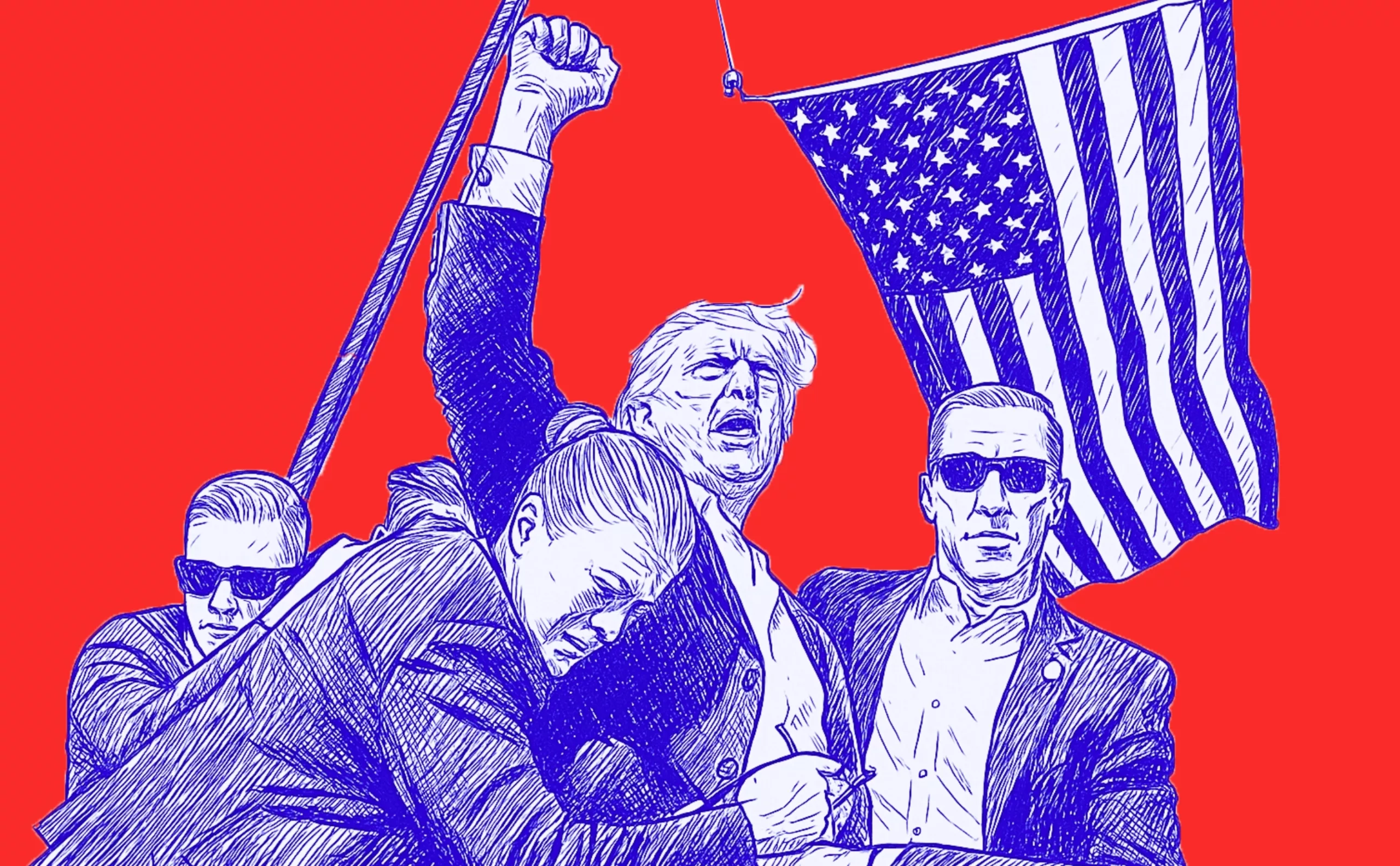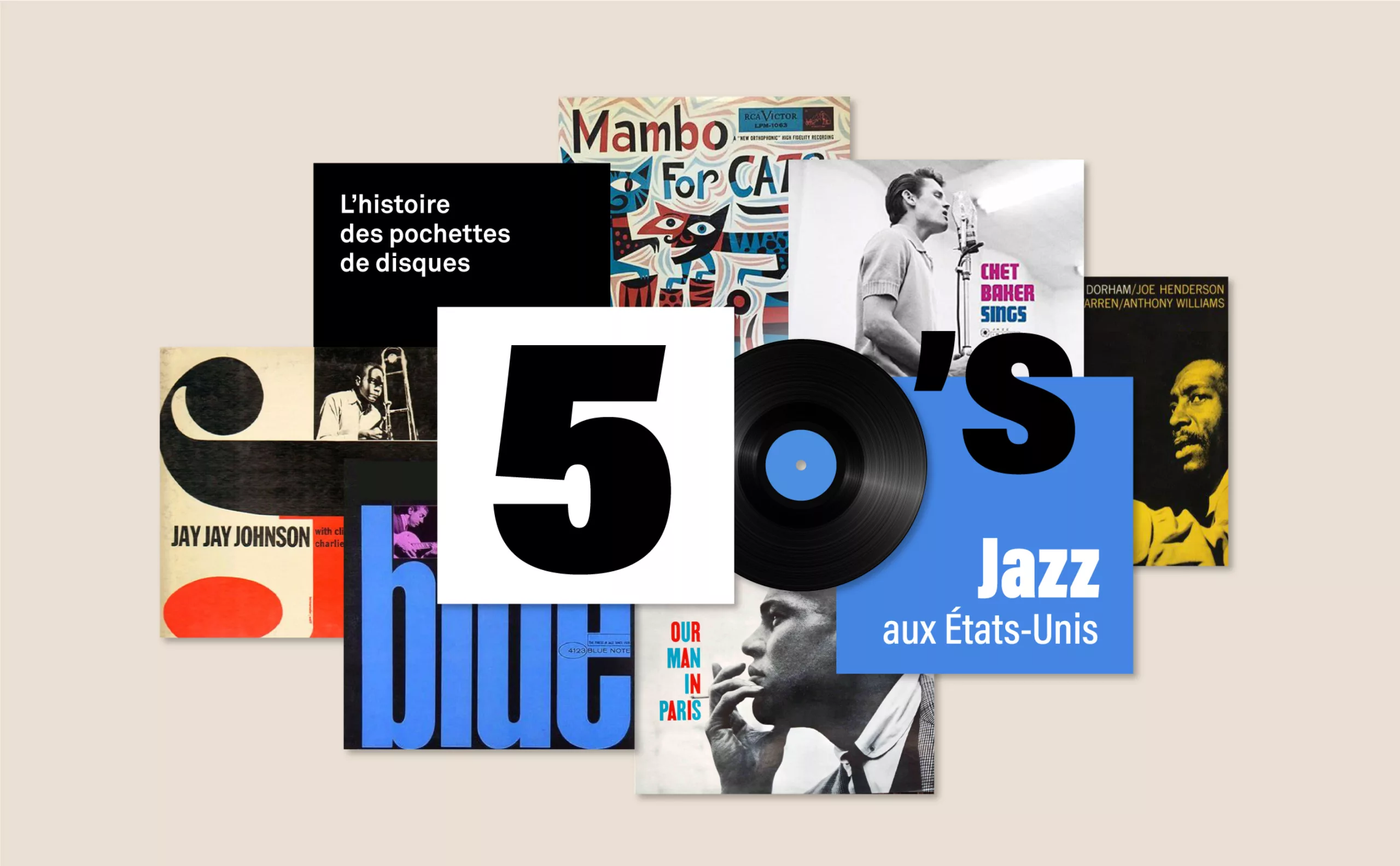Tote bag, a new social totem?
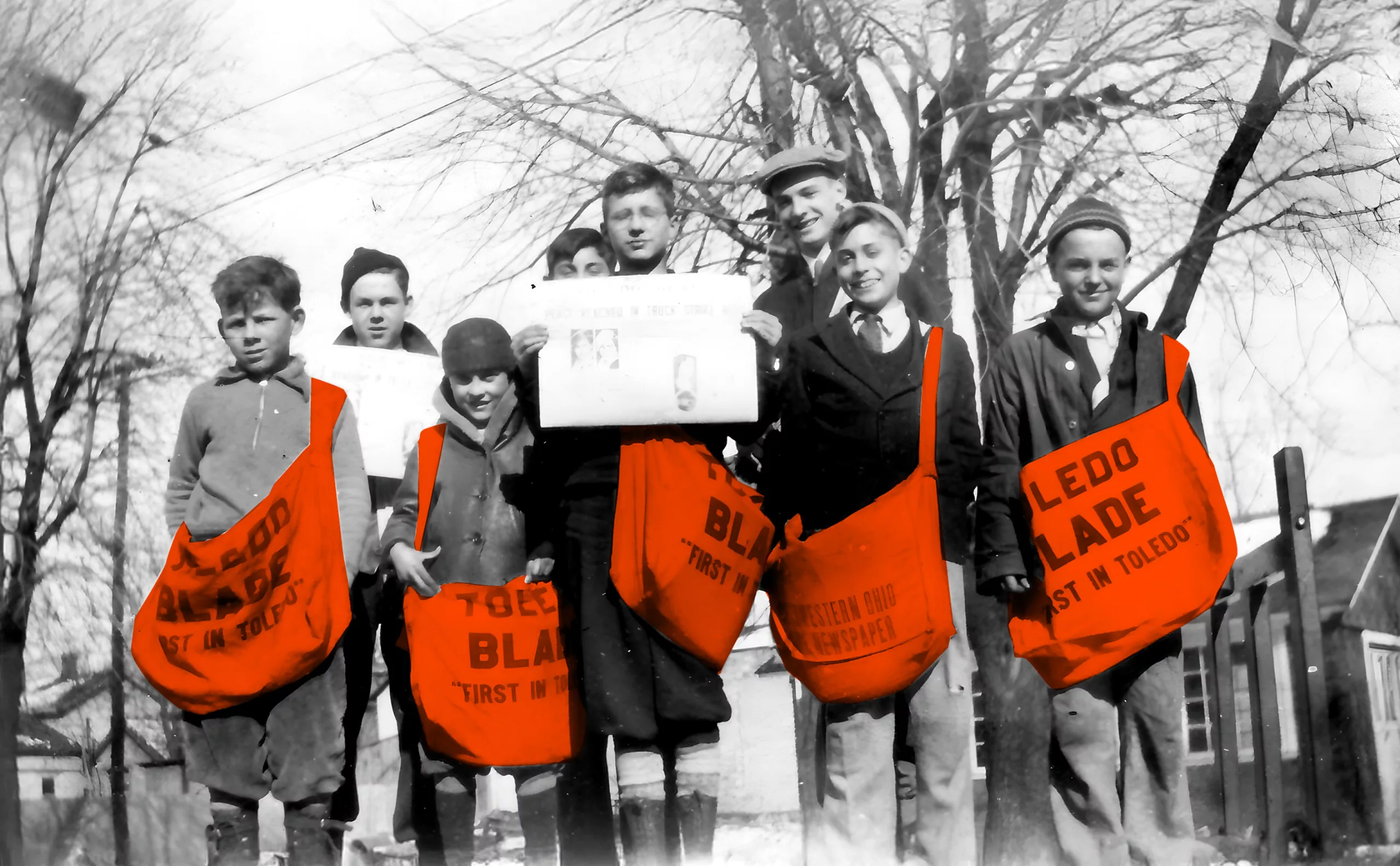
It’s a simple bag that now takes up a lot of space. The first bag we were given was probably in a clothes shop, before we began to accumulate bags for festivals, exhibitions, bookshops, organic markets, cinema outings – in short, for anything and everything.
The tote bag could be seen as an update of Roland Barthes’ Mythologies, so much so has it become an essential part of our everyday urban lives. It’s grandma’s shopping bag, simple, practical and useful.
But what does it say about our society, our times, our habits and our behaviour? The tote-bag has become a pure consumer product, a societal totem.
To begin with, the word ‘tote bag’ comes from the English word ‘tote’, which means ‘to carry around’. Basically, a tote bag is a fabric bag that you carry everywhere.
From panniers to paper-boys bags
At the beginning of the 20th century, British postmen abandoned their traditional leather bags, which they considered too heavy, in favour of canvas satchels for their delivery rounds. These bags had no fastenings, making it easy to take out the mail or newspapers, and were worn over the shoulder or across the chest. From the 1940s onwards, this type of bag was used by newspaper criers and deliverymen in both Europe and America. They became so popular that they were known as ‘newsboy bags’.

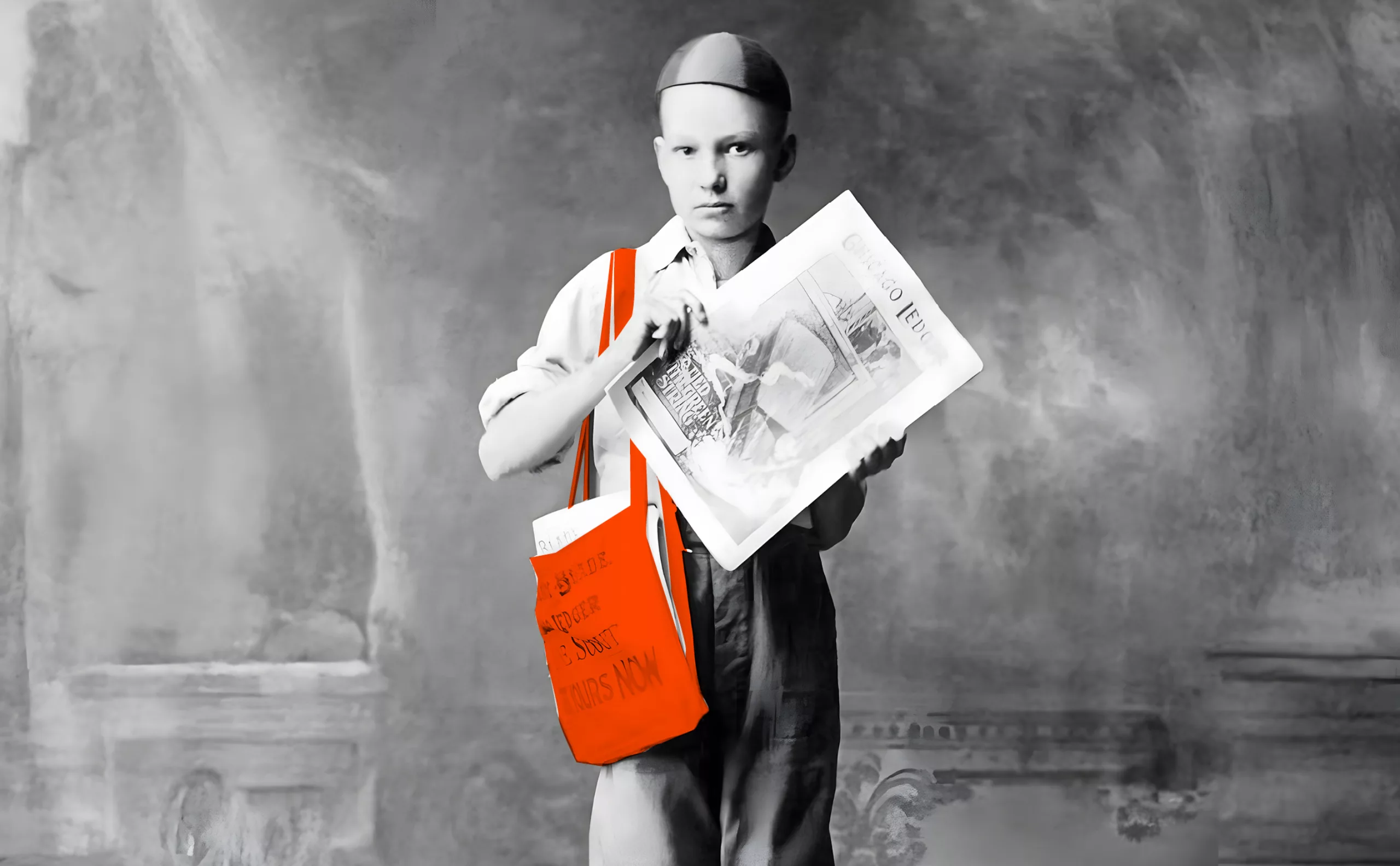
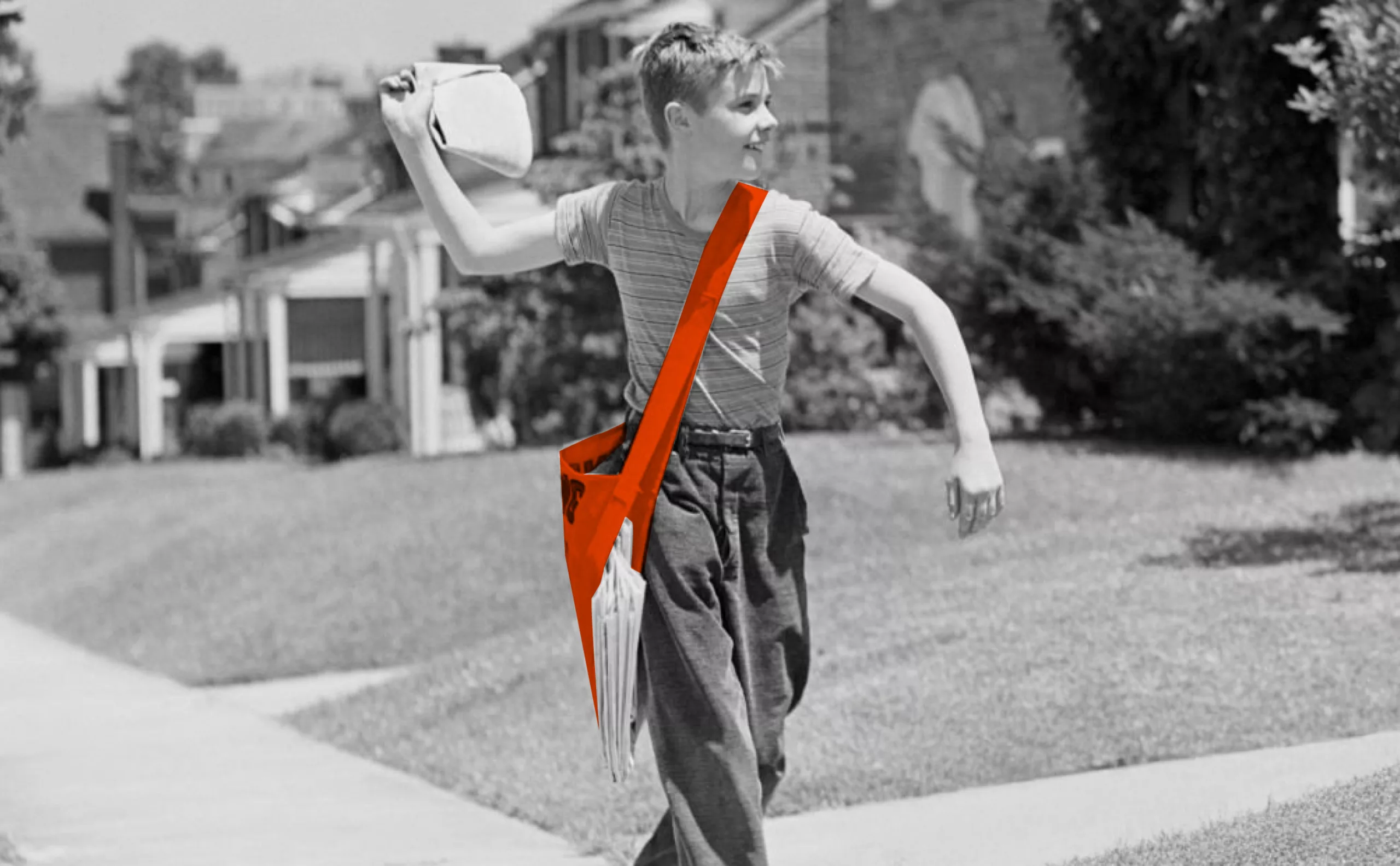
If you delve into the archive images, you’ll find lots of different types of bag. The simplest version is a square of fabric folded in half with shoulder straps. While the most elaborate version is a ‘vest-bag’ (see image below) that allows the delivery driver to carry double the number of newspapers, balanced front and back.
The bag is signed with the name of the newspaper. In addition to its function as a container, the tote bag is already a communication medium.
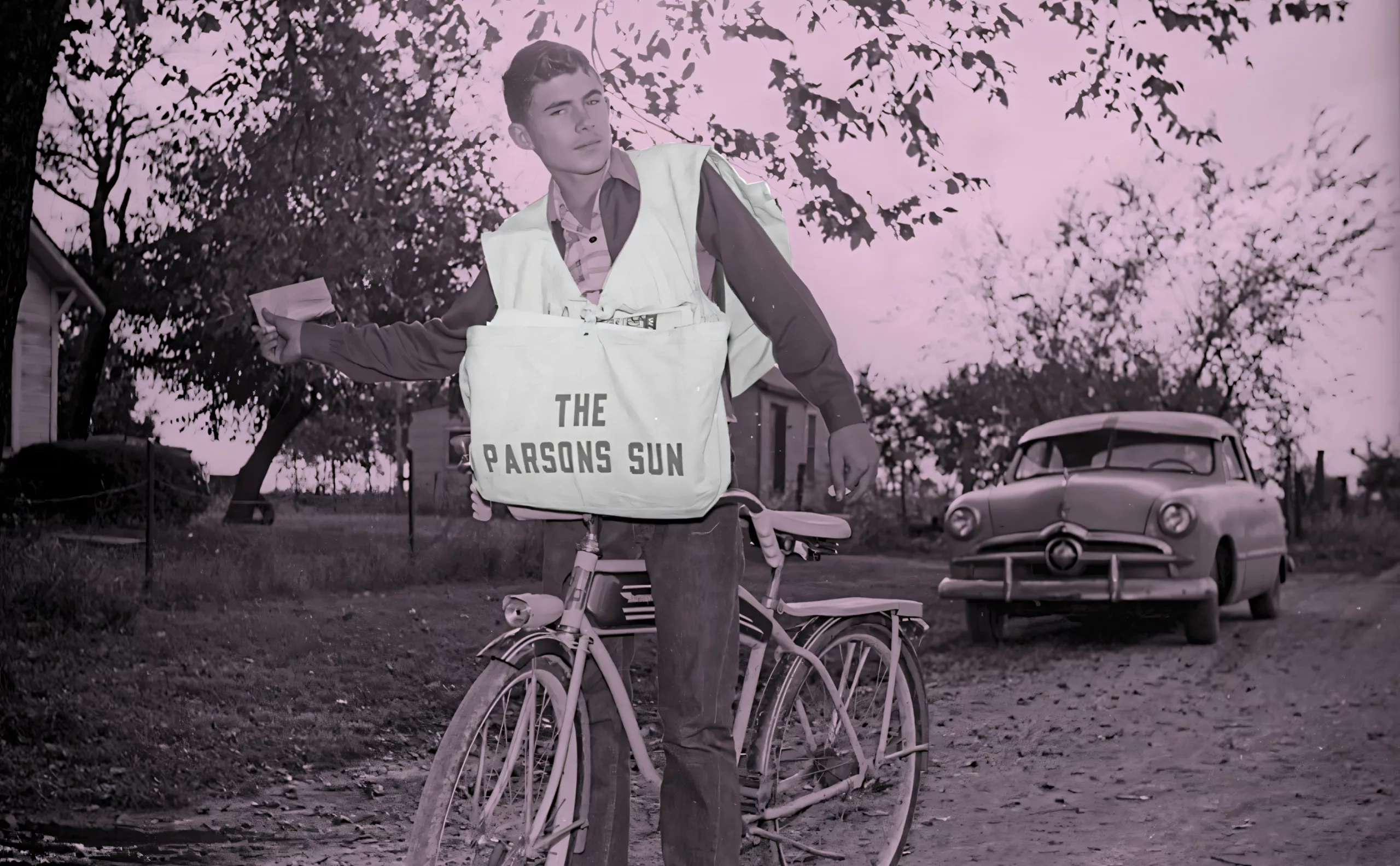
The ice bag
At the turn of the 20th century, most American households did not have refrigerators. In winter, people cut ice from rivers or ponds to keep it safe until the following summer. Consumers, particularly in urban areas, rapidly increased their demand, forcing the industrialisation of ice distribution.
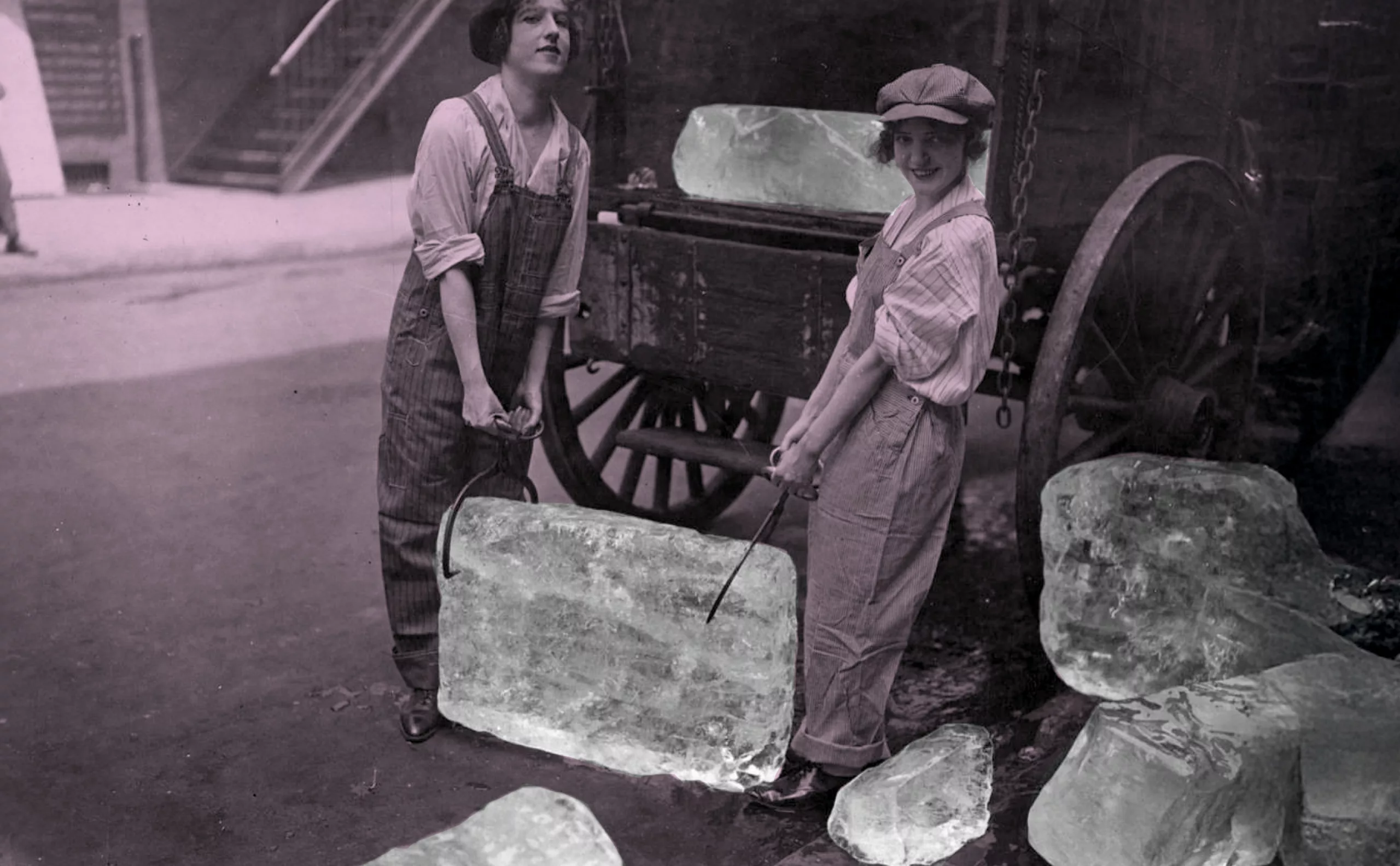
The ice business greatly benefited the meat, fresh produce and fish industries in the USA, completely changing the way these products were stored and transported. So it was in the 1940s that American shops LL Bean marketed a very strong bag, the ‘Bean’s Ice Carrier’, designed to transport ice from cars to storage cupboards. During the rest of the year, these multi-purpose bags were also used as baskets to carry vegetables, fruit, gardening tools, firewood and more.
With the advent of refrigeration, the ice cream trade finally disappeared. However, the canvas bag has survived the ages and continued its multi-purpose use.
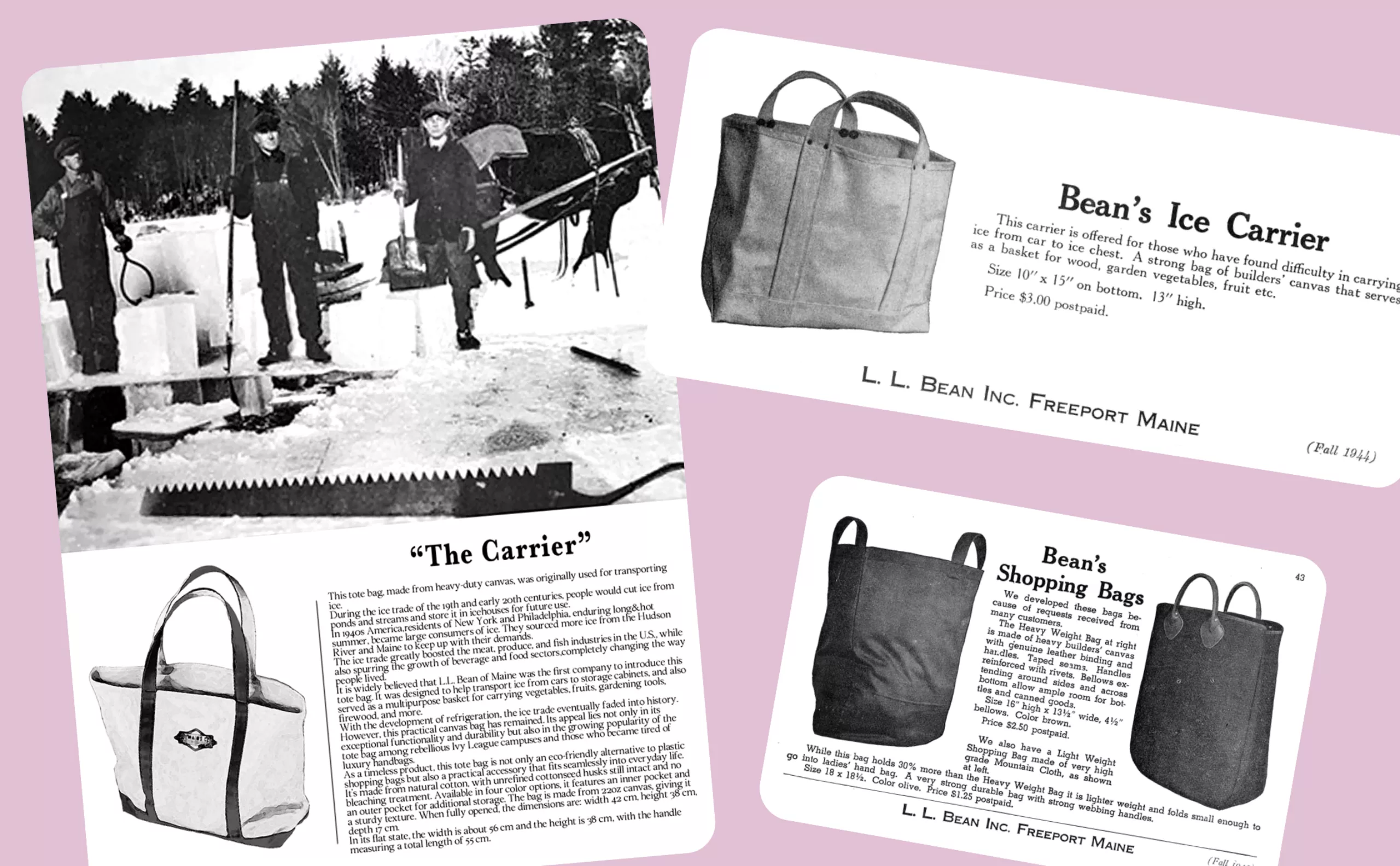
From utility bag to fashion accessory
The arrival of designer Bonnie Cashin at Coach in 1962 marked a turning point. The designer came up with a bag modelled on a typical New York paper bag. Something very simple and utilitarian, designed for active women. Today, the Bonnie Cashin Coach Bag is celebrated as a timeless piece of fashion.
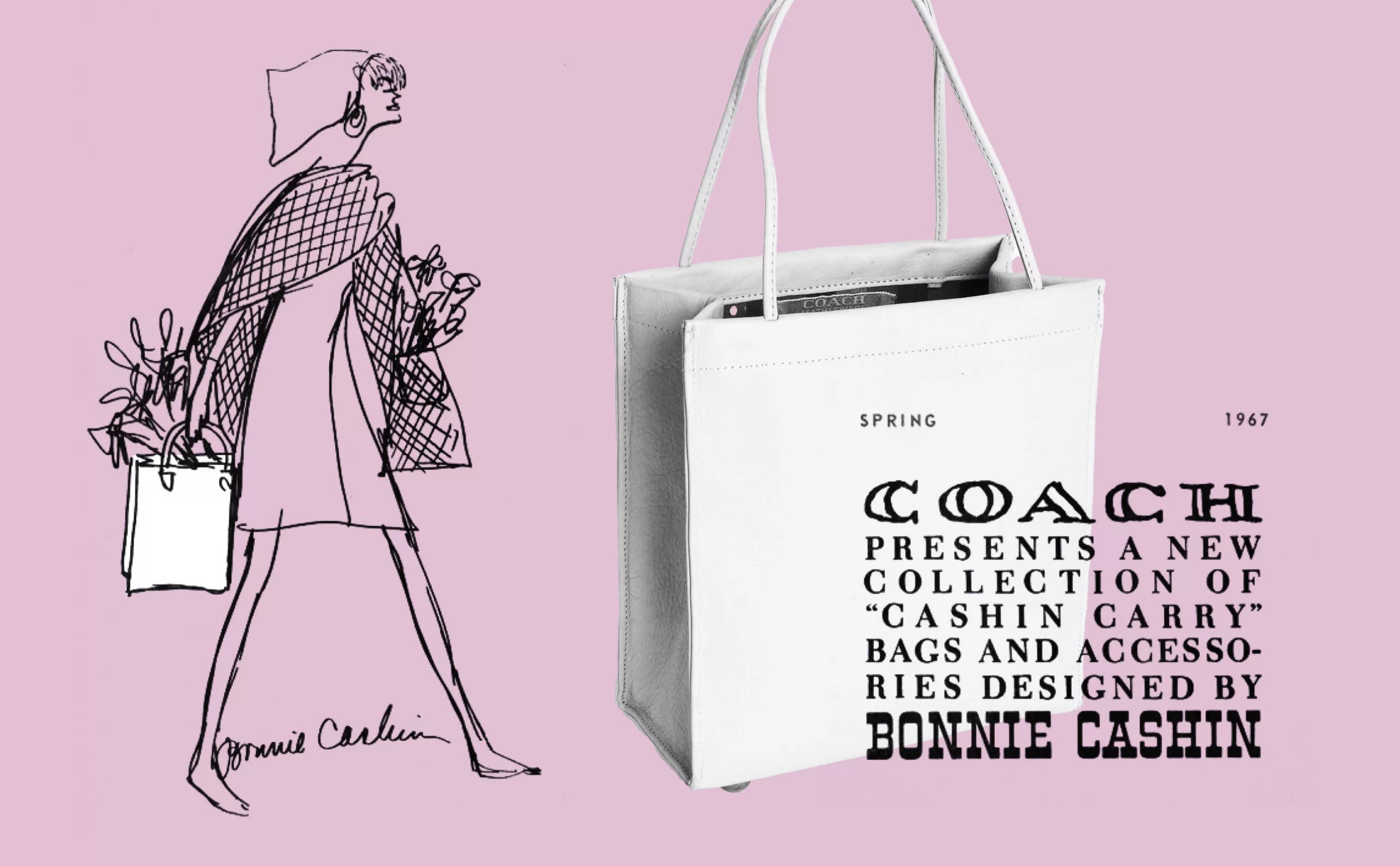
The jute bag
At the same time, at the end of the 70s, ecology was gaining ground in Western countries. Gepa, a German company, produced jute shopping bags printed with the slogan ‘Jute statt Plastik’ (‘Jute not plastic’).
The initiative has its roots in growing concern about plastic pollution, particularly disposable plastic bags. Jute bags offer an environmentally-friendly alternative. Jute is sourced mainly from Bangladesh and India. Through this campaign, not only was Germany reducing its dependence on plastic products, it was also supporting the jute-growing communities in these regions, providing them with a stable source of income. These were the beginnings of fair trade.
The Jutebeutel quickly became the symbol of a whole generation at odds with consumerist society.
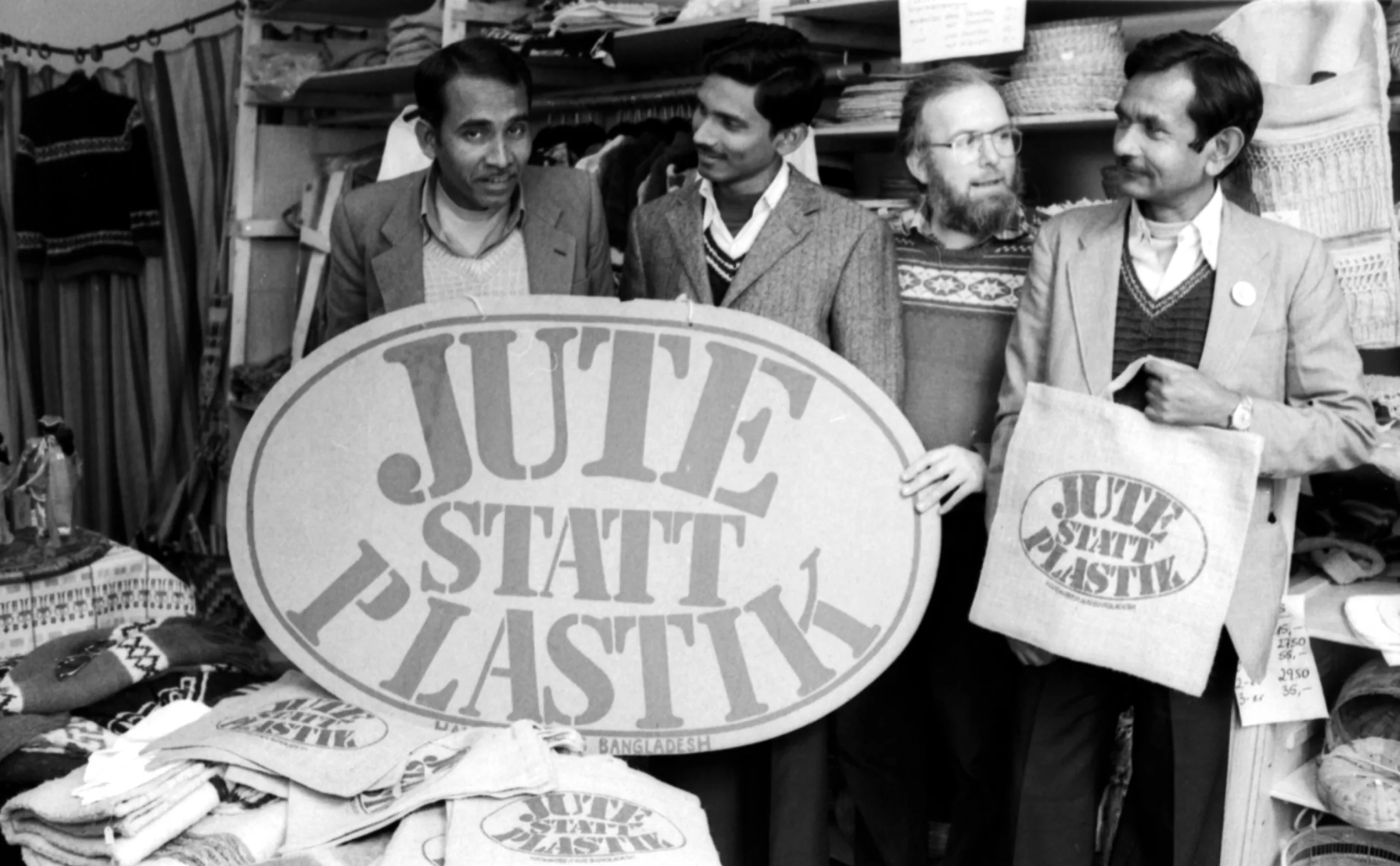
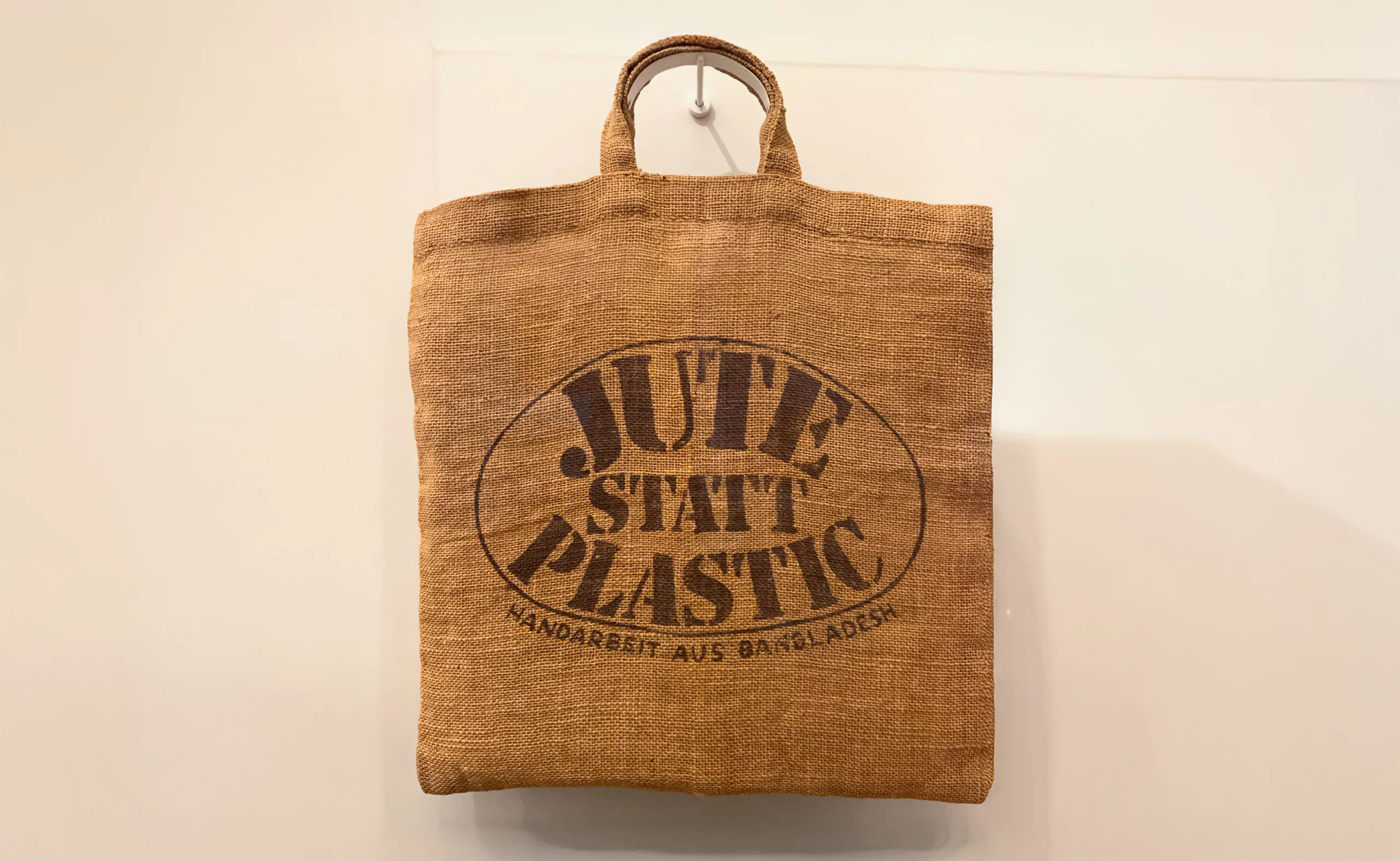
However, jute is difficult to print, has a ‘baba cool’ connotation and is fragile (it is used to make rope or potato sacks), so it was gradually replaced by an unbleached cotton canvas.
In New York in the 1980s, the Strand bookshop launched its own model of tote bag, with the distinctive feature of having printed its logo, address and slogan on the now legendary tote bag. Anyone who has bought many books knows that paper (or plastic) bags are not strong enough. Here, the fabric bag offers the best of its material resistance.
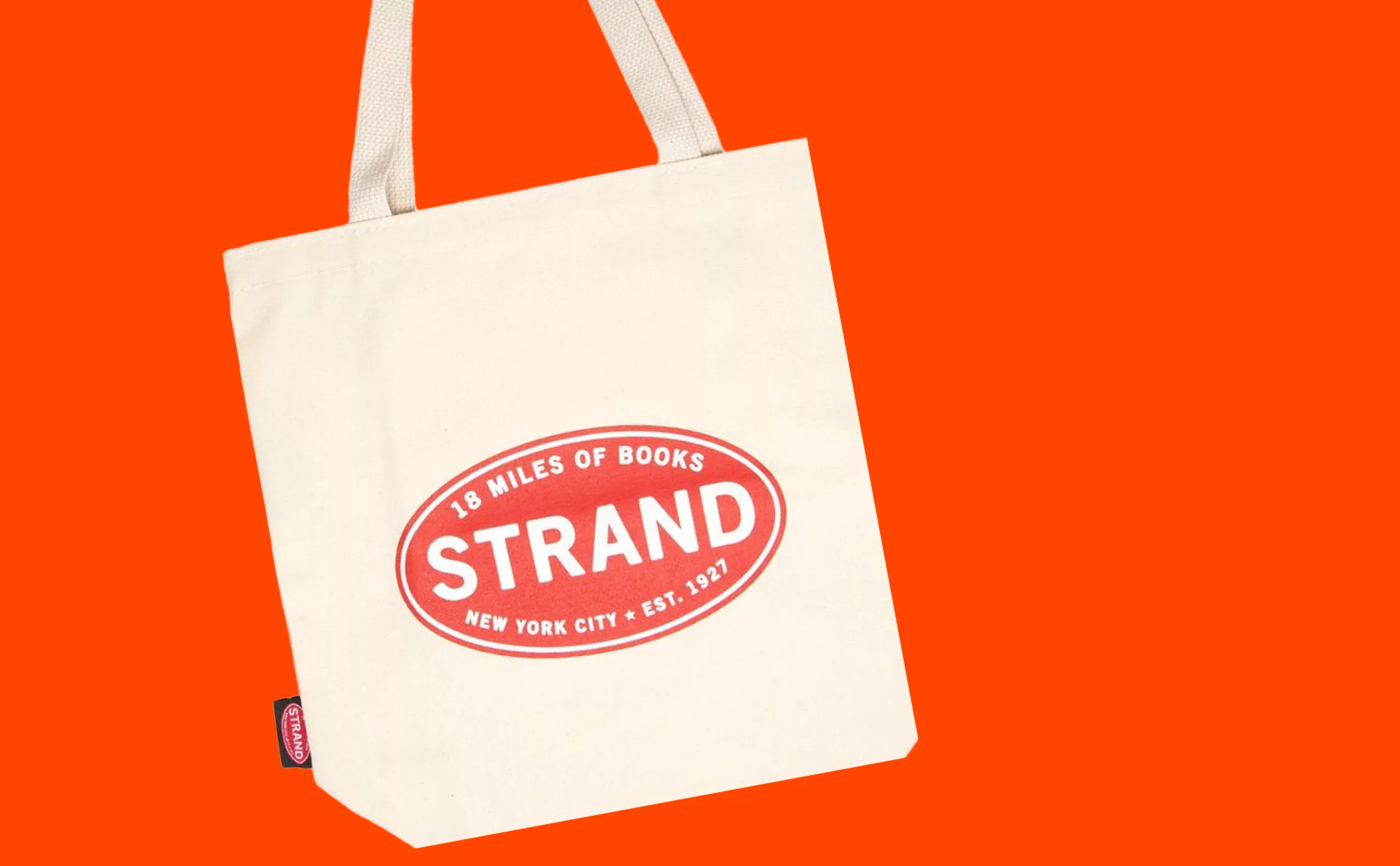
20 years later, the French fell under its spell and got hold of the tote bag.
The eco-challenge aspect was put aside and marketing took over a bag that was ridiculously cheap to produce. The tote bag went from being a vehicle for advocacy and ideological commitment to becoming a pure merchandising product. City dwellers carrying a tote bag were transformed into ‘walking billboards’, regarded by the communicators as ‘brand ambassadors’.
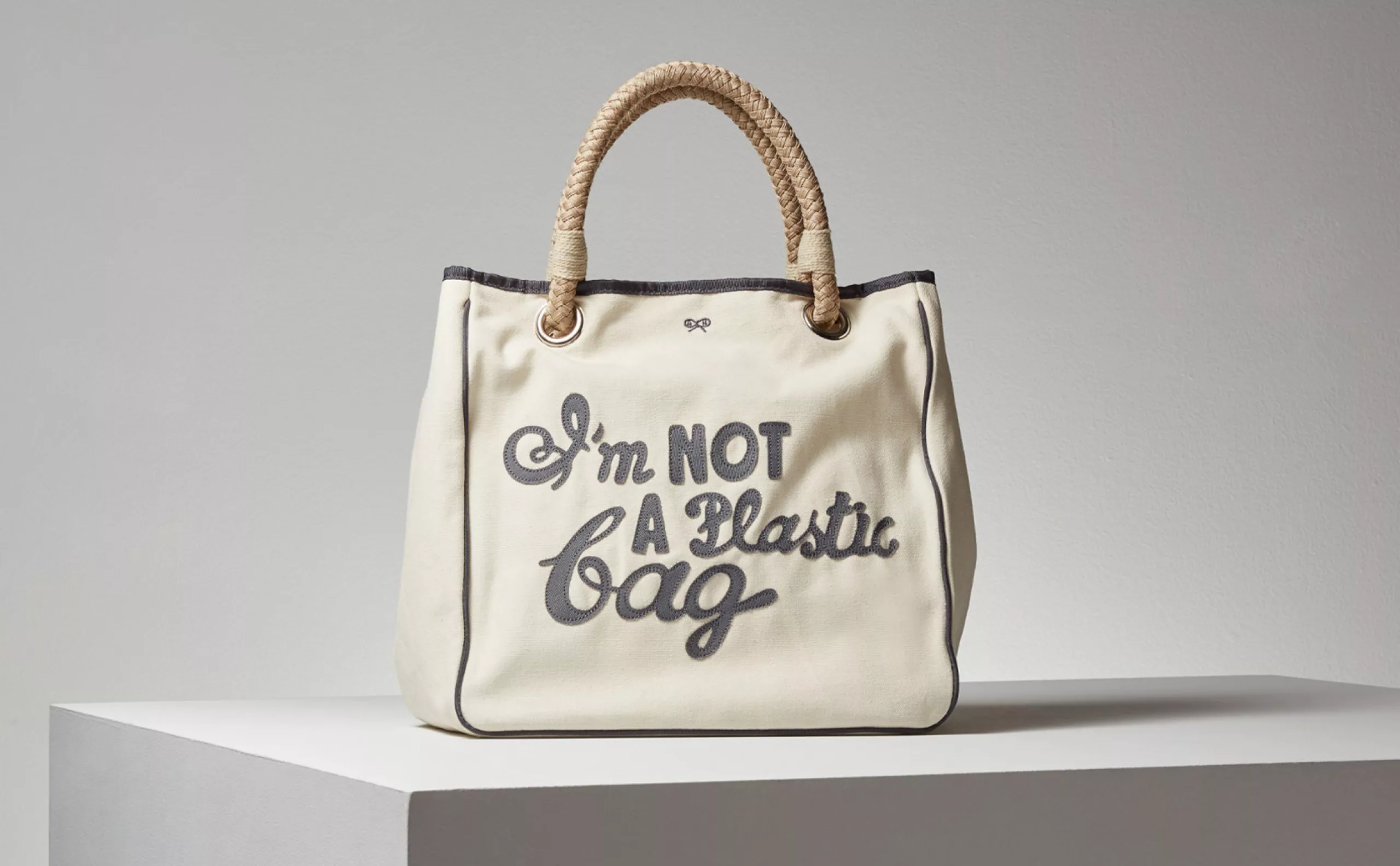
In 2007, Anya Hindmarch, a British designer, launched the ‘I’m Not a Plastic Bag’ cotton tote bag, and now it’s fashion’s turn to get hold of the medium. The running accessory has become a trendy accessory. In just a few years, the tote bag will be in widespread use.
Awareness of the environment and the alternative to plastic bags will boost public interest. On 1 July 2016, the French government banned single-use plastic bags at checkouts.
“Reusable but not very environmentally friendly”.
But on closer inspection, the ecological argument comes very close to greenwashing.
Cotton is far from being a neutral material; in fact, it is perhaps one of the products with the largest ecological footprint. To compensate for its overall production weight, you would have to use a standard cotton tote bag 7,000 times, and an organic cotton bag 20,000 times. ‘It’s not complicated: if you want your bag to be ecologically neutral, you’re going to have to wear it for 54 years’.
Cotton is very water-intensive (several thousand litres of water are needed to produce 1 kg of cotton), not to mention the pesticides that are widely used in its cultivation. On the ethical front, 20% of the world’s cotton comes from China, where the working conditions of the Uighurs have been criticised for years.
Finally, and this is the trickiest part, there’s the question of recycling the bag and the screen-printed ink, which is generally PVC-based and therefore… non-recyclable. This means that tote bags have to be cut up and the printed fabric discarded.
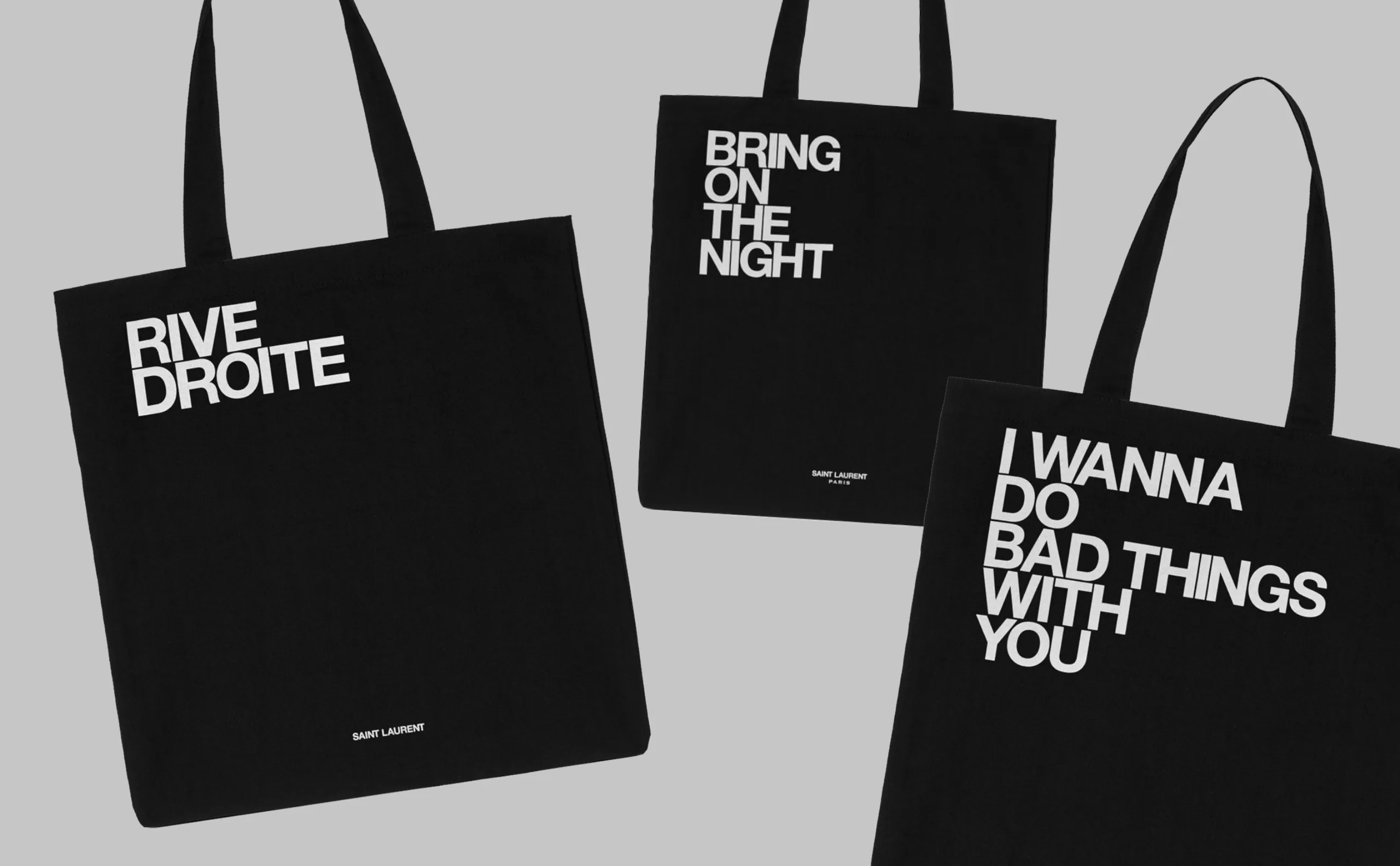
Today, it’s a branded gift that accompanies a purchase or an event and allows a brand to have a presence in the public space at a lower cost. For the price of a Decaux poster, a brand can offer hundreds or even thousands of bags. What’s more, the commercial poster only has a limited lifespan, whereas the bag will be in circulation for weeks or months on end, in full view of the public.
It’s nothing like cheap goodies that are generally useless. Here you have an ideal, easily printable surface for product placement.
It’s also an opportunity to use a quote, a maxim or a good word.
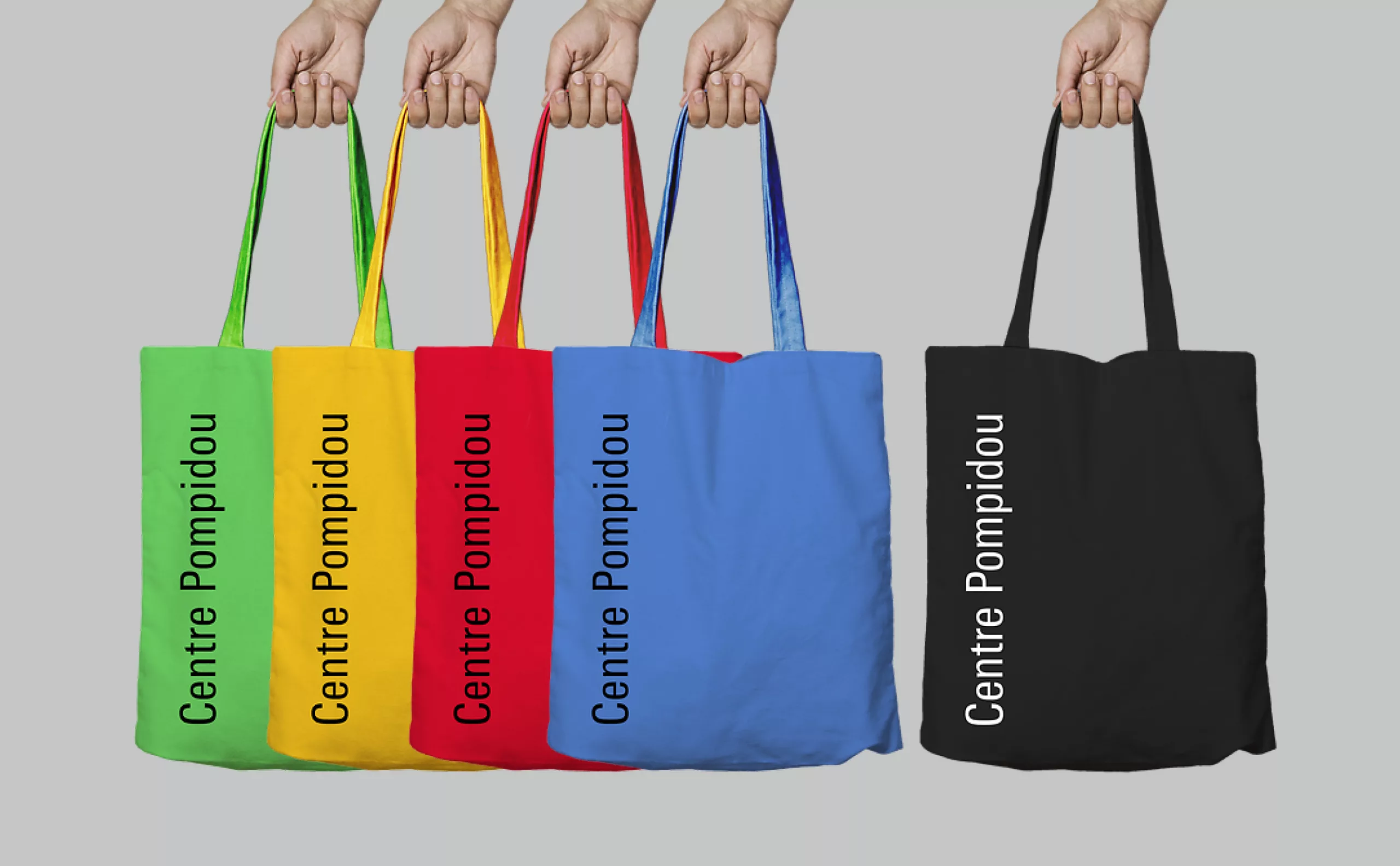
NB: Remind us to tell you one day why the Centre Pompidou cannot use its ‘logo’, designed by Jean Widmer, on its tote bags.
An object of social distinction
Because the aim is not to have a simple catch-all, but to say something about yourself. It’s a banner worn over the shoulder to mark your difference and express your uniqueness. A modern-day coat of arms.
We are reminded of the remark by Pierre Bourdieu, the great French sociologist of social determinism: ‘The museum is important for those who go there insofar as it allows them to distinguish themselves from those who don’t go there’. The tote bag, in another form, also allows us to distinguish ourselves. And even to claim it. ‘I’ve been to the MoMA in New York!
The tote bag is a mark of belonging to a community, often that of upper-middle and upper-income people who are sensitive to cultural sites or words of wisdom. They tend to be worn by women, with men preferring T-shirts to assert a trait of their personality. A graphic detail: it’s all very Instagrammable, and immediately styles any photo.
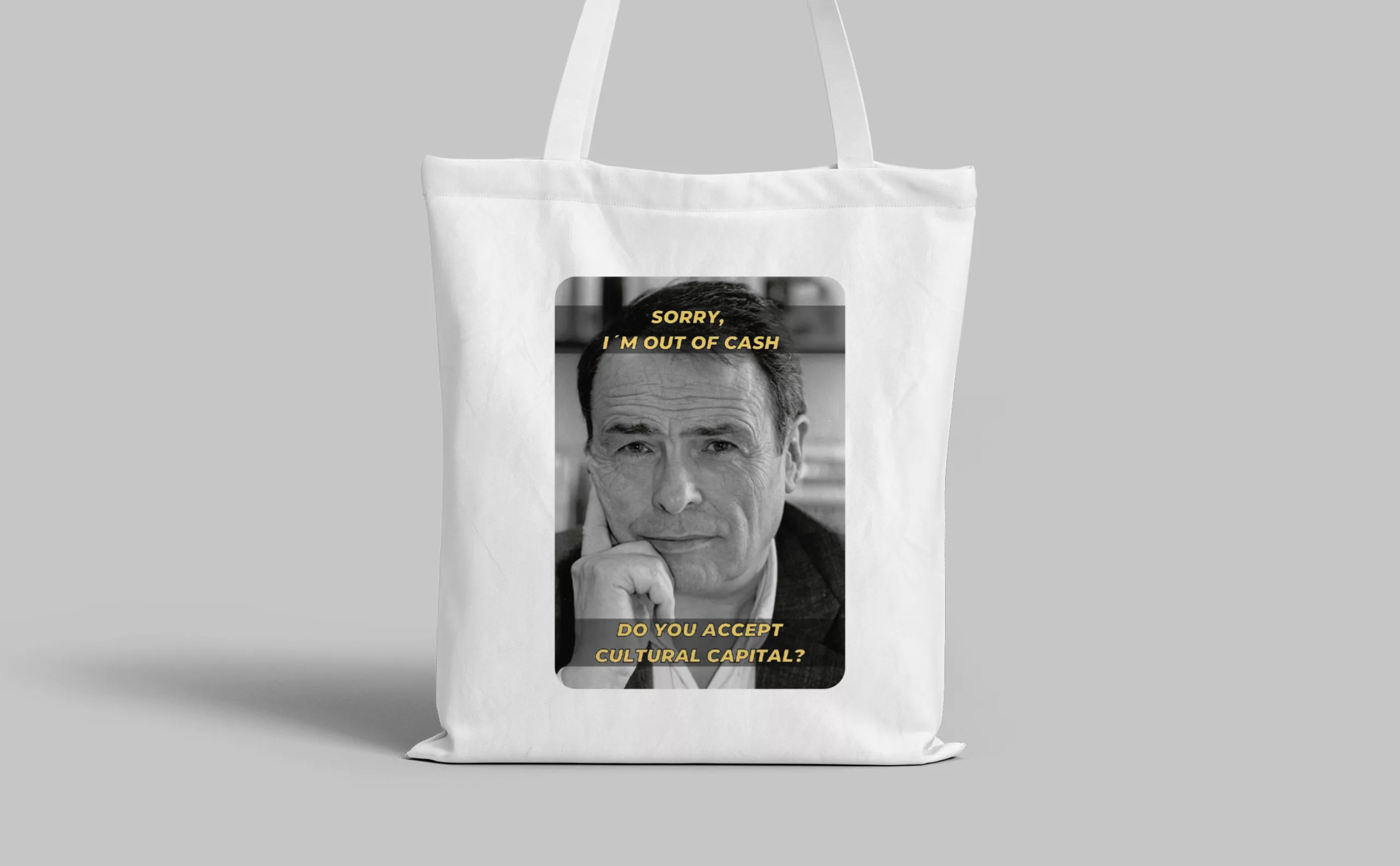
In the end, the tote bag reveals a great deal about our awareness, but also our contradictions. We think we’re being virtuous, concerned about what’s at stake for the planet, while at the same time carrying a pure marketing product on our shoulders. And it’s easy to see the dilemma that can lead to a form of ‘schizophrenia’. Because you’re not supposed to throw away a tote bag, which would be unnatural since it’s intended to be reused…. So we hoard.
@An alternative? The environmental association Zera Waste France recommends limiting the free distribution of tote bags, as there are no ‘useful goodies’.
Instead, it suggests setting up drop-off points or self-service outlets for second-hand bags for customers who have forgotten theirs.
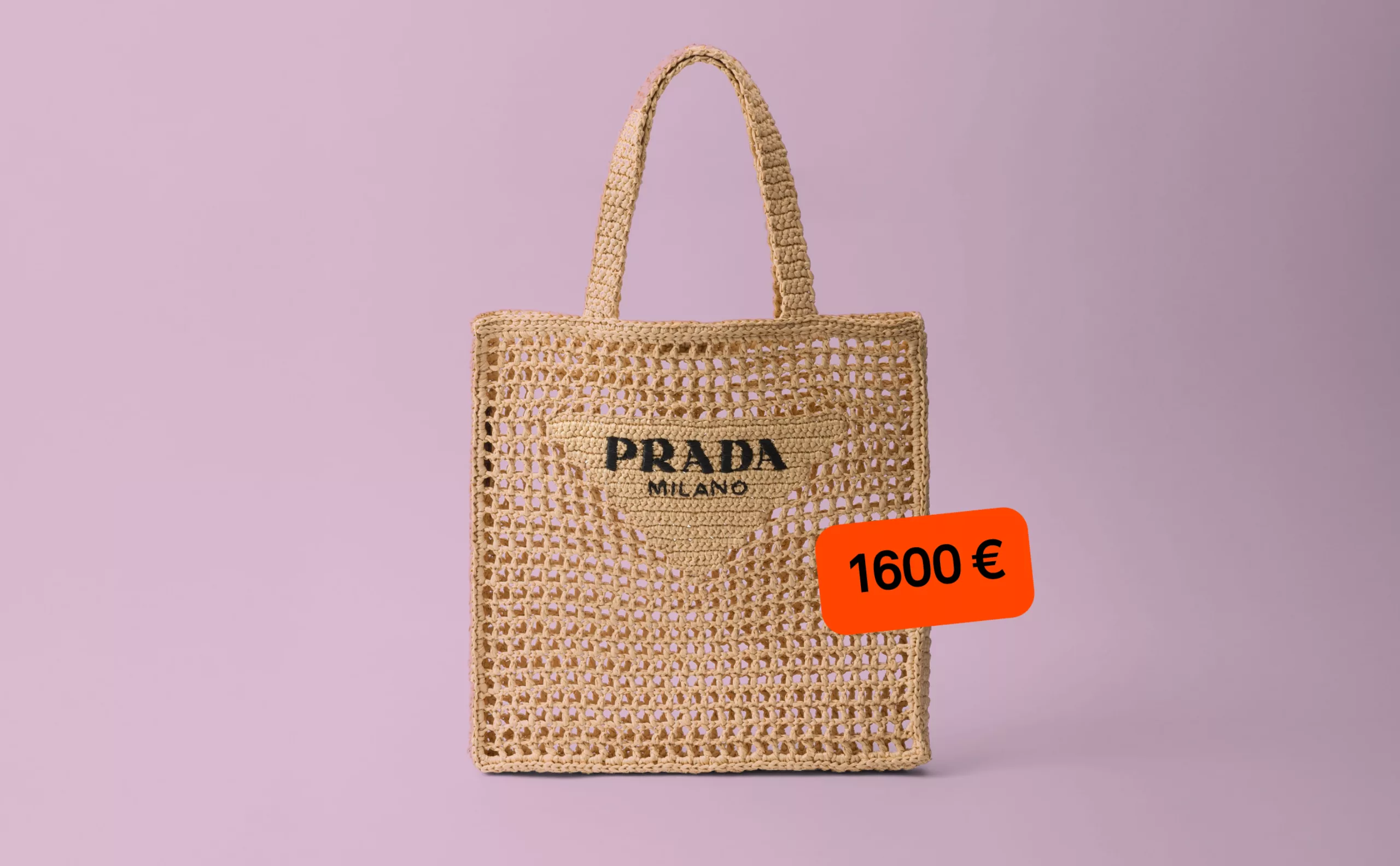
And to complete the circle, the luxury industry has, as usual, appropriated a basic shape and recycled it as a social marker. The Courrèges tote bag costs €790, the Marc Jacobs tote bag €270. The Dolce & Gabbana tote bag is €1,250, but on sale for €761. The Céline tote bag at €1,250
Today, almost every luxury brand offers a model costing several hundred euros. A century later, the simple canvas bag used by American messengers has become an accessory for all social classes.
At Prada, the crochet tote is sold for €1,600… ‘Because I’m worth it, aren’t I?’
_____
Redaction : François Chevret

